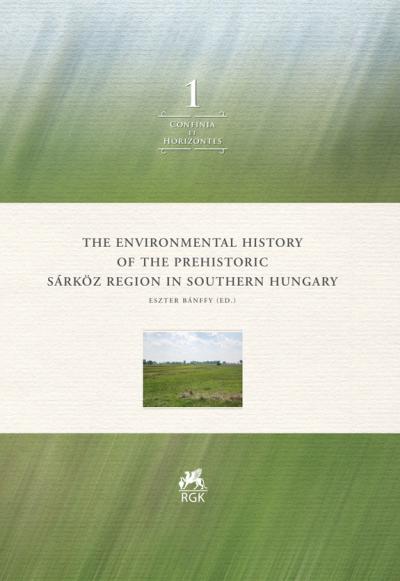Windows onto the landscape: Prospections on the prehistoric sites at Alsónyék, Fajsz-Kovácshalom, Fajsz-Garadomb and Tolna-Mözs in the Sárköz region
https://doi.org/10.34780/eebf-9e67
List of Contributors
- Knut Rassmann [Chapter Author] https://orcid.org/0000-0002-2570-6099
- Frank Stevens [Chapter Author]
- Krisztián Oross [Chapter Author]
- Tibor Marton [Chapter Author]
- Anett Osztás [Chapter Author] https://orcid.org/0000-0002-8470-0770
- Gábor Serlegi [Chapter Author]
- Kay Winkelmann [Chapter Author]
- Eszter Bánffy [Volume editor]
Synopsis
The investigated geographic area is a key region in the cultural exchange and communication network between the northern Balkans and Central Europe, occupying a position of special interest in Neolithic studies. The region known as the Sárköz, located along the Danube in southern Hungary, was the scene of major archaeological excavations in the past two decades, both on the eastern, Kalocsa side of the Danube (at Fajsz) and on the western side, in the Tolna Sárköz region. Here some of the authors partook in several excavations ahead of the planned motorway track. One of these was undertaken at the exceptionally large site of Alsónyék. The investigation of the Neolithic sites in the Sárköz region provided a good opportunity to invite the work team for non-invasive landscape surveys of the Römisch-Germanische Kommission (RGK) to the region in order to clarify the human impact on the unexcavated parts of the settlements. Since 2011, and especially after 2013, collaboration between the partners became closer and the intensive non-invasive survey work eventually became much more than just geomagnetic prospection. Topographic data were compared with borehole sampling and soil chemistry, while multi-element chemical analysis was supplemented with magnetic susceptibility measurements of the cores. Thus, a series of important new data can be compared and interpreted together with information based on the excavations. The present study offers an overview of the entire range of non-invasive research in the Sárköz region.




